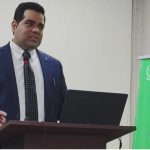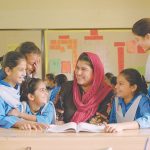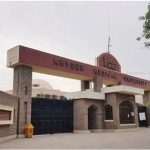Islamabad : The current educational policies at national and provincial levels have little room for EdTech and alternative learning pathways, therefore, advanced learning methods must be adopted through similar research initiatives to compete with the advanced world.
This was stated by Bella Raza Jamil, the Chief Executive Officer, Idara-e-Taleem-o-Agahi, at a seminar on “Investigating the impact on learning outcomes through the use of EdTech during COVID-19: evidence from an RCT in the Punjab province of Pakistan” organised here by Sustainable Development Policy Institute.Ms Jamil stressed the need to explore more pathways of accelerated learning through EdTech and address the issues of financing and costing in different age groups.
Dr Nasir Mehmood, Dean, Faculty of Education, Allama Iqbal Open University, said that students have the experience of immense learning losses which must be addressed. He emphasised the need for a forum where research findings on EdTech can be consolidated to prevent the loss of information. “We need to improve enrollment in terms of gender parity and also find authentic data on it as there is a lot of contradictory research on this subject,” he added.
Susan Nicolai, Research Director, EdTech Hub, said that technology has the potential to solve the global learning crisis, which is under-realised and is caused by gaps in evidence and gaps in the use of evidence. She said that 9 out of 10 children in low-income countries are disadvantaged in terms of literacy and numeracy, which intensified due to school closures during COVID-19 pandemic. She said that the systematic use of technology for educational purposes is limited by schools and students despite its widespread use and expansion in mobiles. She informed the audience that the EdTech sector is predicted to reach worth $404 billion and the world governments, including Pakistan, have shown keen interest in promoting the sector but no structured plans for preferred EdTech technologies have been devised so far.
She further said that research in five low-income countries exposed gender-based inequality in EdTech access and use but female students demonstrated higher utility and benefit upon access.
Dr Fareeha Armughan from SDPI said that 90% students have access to television but only 43% use it for education. Parents’ perception of its utility for educational purposes is negligible, she said. She pointed out that low-income groups surveyed in Punjab for this research are not well-versed in technology.
Dr Rabia Nazir, Co-author of the study, observed that replacing the current education approach with teaching at the right level might not remedy the learning crisis but embedding it into the system will be much effective.







